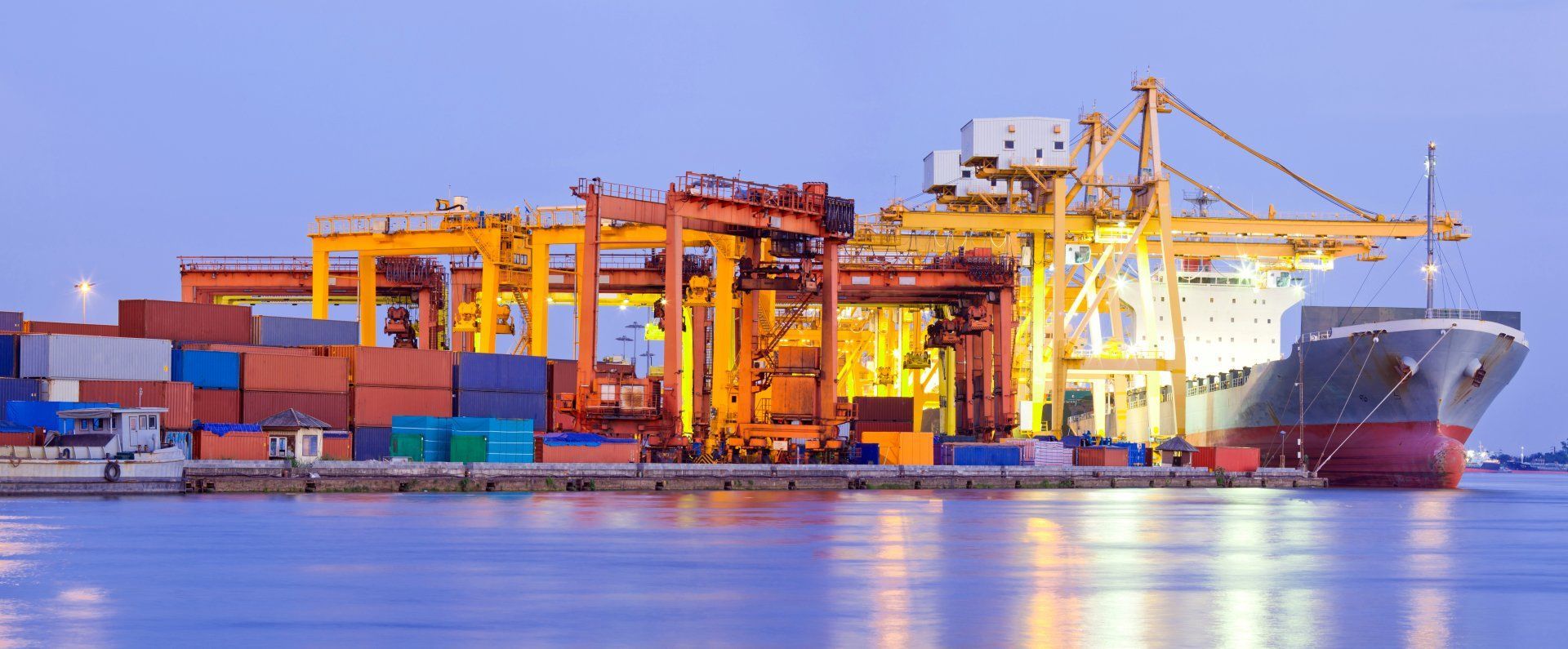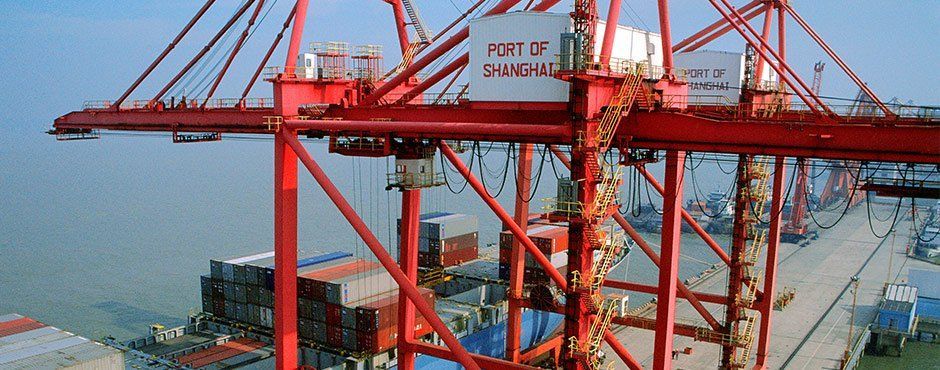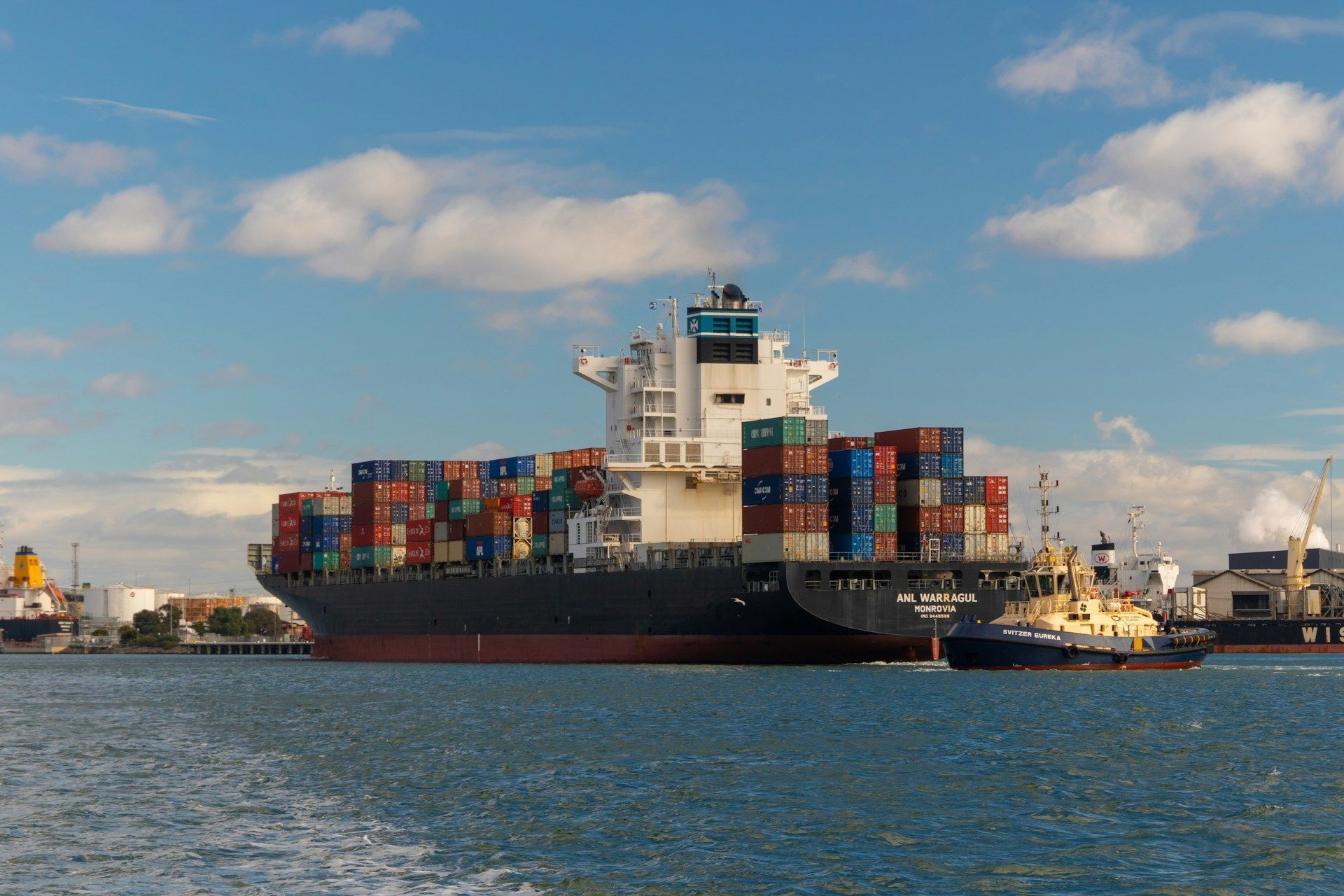Newsletter | Jan 2024
We are excited to announce our first monthly newsletter! Our goal of this new endeavor is to keep our clients and the companies in our network up to date with all information regarding drawback, CBP and more!

TOP NEWS
The Coalition for GSP (General System of Preferences), which includes 100 advocates, met with over 115 members of the House and Senate in December to reiterate the importance of the renewal and why it is so important to industry development in the United States.
GSP expired on 12/31/2020 and has not yet been reinstated. When active. GSP allows for duty-free entry into the U.S. for over 3500 different HTS codes from 119 developing countries.
WHAT'S HAPPENING AT ITM?
This year, ITM celebrates 40 years as a leading duty drawback provider. Established in 1994, ITM is thankful to the hundreds of companies that have and continue to entrust us to manage their drawback and classification needs.
FROM CBP
CBP announced changes to the Merchandise Processing Fees for fiscal 2024. Effective 10/1/2023, the ad valorem rate of 0.3464% did NOT change.
The MPF minimum changed from $29.66 to $31.67 and the maximum changed from $575.35 to $614.35














